KYIV, July 5 (V7N/Reuters) – Russia launched the most extensive drone attack on Kyiv since the start of its full-scale invasion of Ukraine, killing at least one person, injuring 23 others, and causing widespread damage across the capital, Ukrainian officials confirmed on Friday.
The assault began in the early evening on Thursday and continued until dawn, filling the night with the persistent sound of air raid sirens, exploding munitions, and the mechanical whine of Iranian-made Shahed drones. According to Ukraine’s Air Force, Russian forces deployed a staggering total of 539 unmanned aerial vehicles along with 11 missiles in the multi-wave overnight offensive.
Civilians sought refuge in underground metro stations as the capital endured hour after hour of aerial bombardment. Acrid smoke hung over central Kyiv, and emergency services worked through the morning to contain fires and evacuate damaged buildings.
Kyiv’s military administration reported on Friday afternoon that a body was recovered from the ruins of a building hit during the attack. Rescue efforts were ongoing across multiple sites, as teams combed through the wreckage for survivors or additional casualties.
At one high-rise residential building severely damaged by a drone strike, residents stood in shock amid shattered glass and debris. Some wept quietly, while others watched silently as cleanup crews began the grim task of clearing the devastation.
This escalation comes just hours after U.S. President Donald Trump reportedly held a private call with Russian President Vladimir Putin. While the content of that conversation remains undisclosed, the timing has sparked speculation over Moscow’s intentions and potential shifts in its military posture.
Ukrainian authorities condemned the attack as a further attempt to terrorize the civilian population and exhaust the country's air defense systems, which have been under constant strain from nightly bombardments in recent weeks.
International observers have also raised concerns over the scale and intensity of the assault, noting that the number of drones used in a single night could mark a new phase in Russia’s aerial strategy. While most of the drones were intercepted, debris caused fires, shattered windows, and left parts of the city temporarily without power.
The United Nations and NATO leaders have reiterated their calls for de-escalation and continued support for Ukraine, warning that deliberate targeting of civilian areas may constitute war crimes under international law.
As Kyiv braces for further attacks, the resilience of its population remains evident — but so too does the growing toll of a war now entering its third year.
END/WD/SMA/



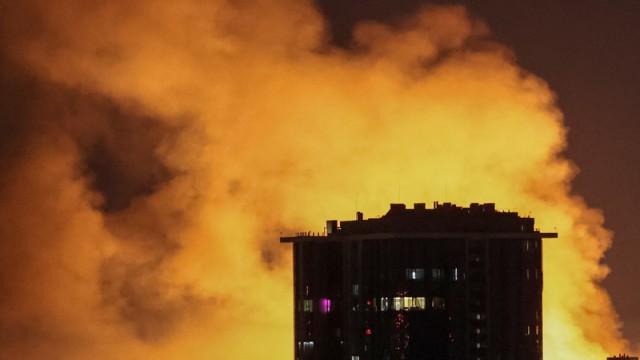

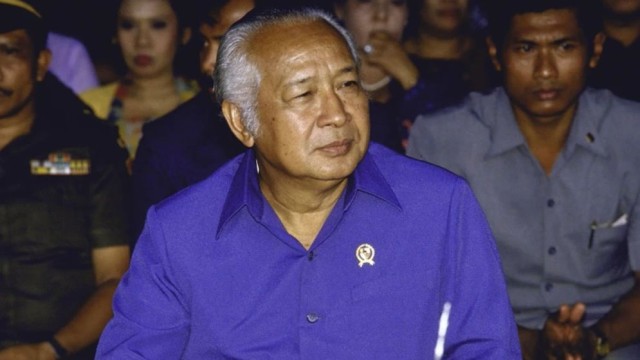
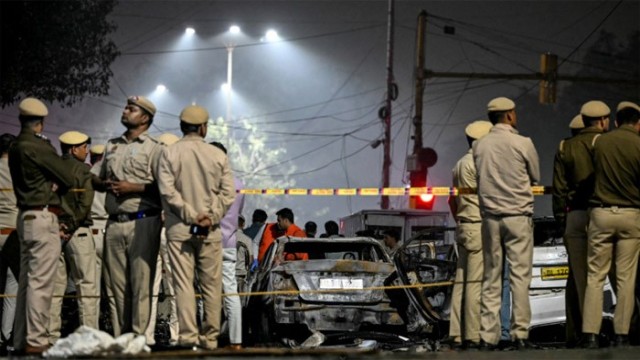

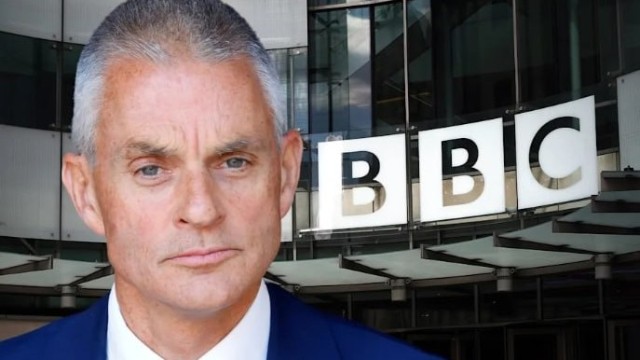
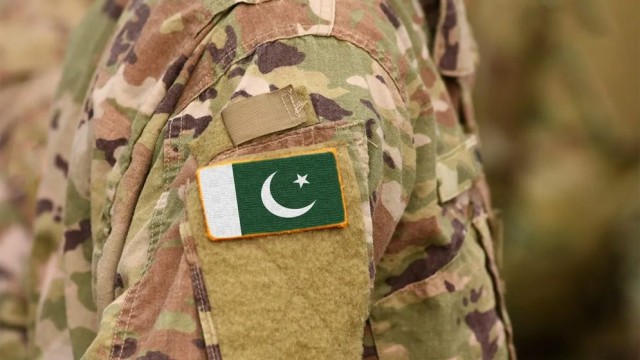
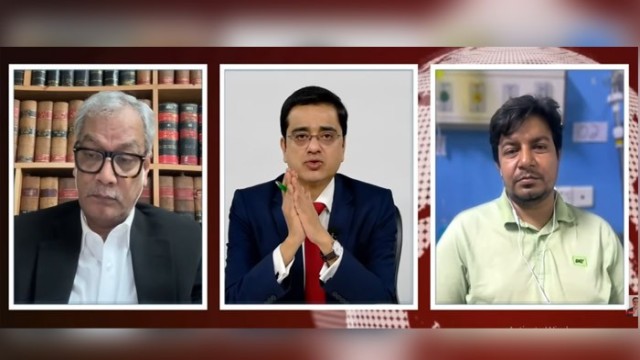

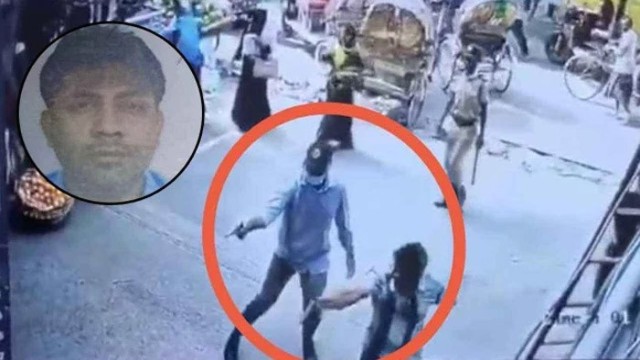

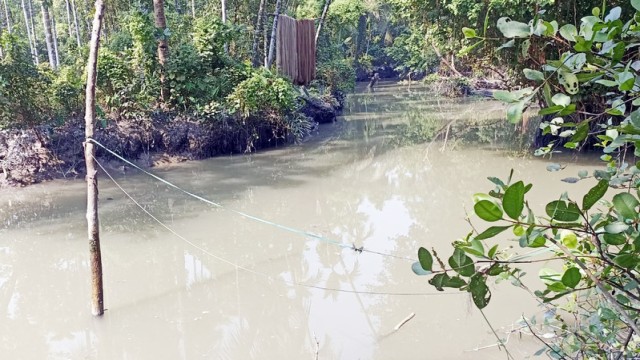
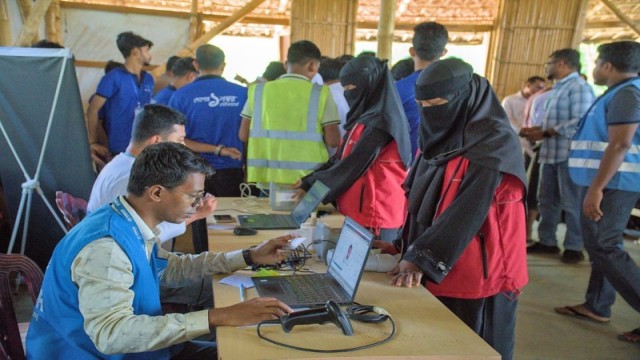






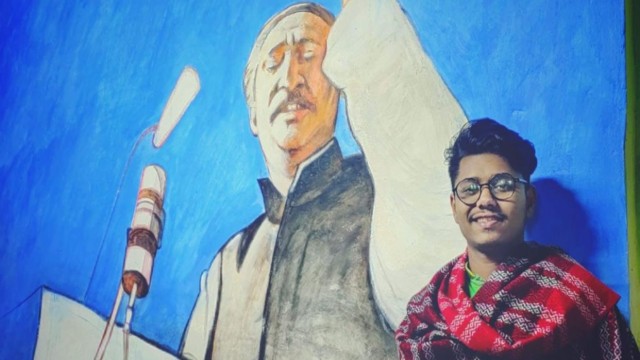





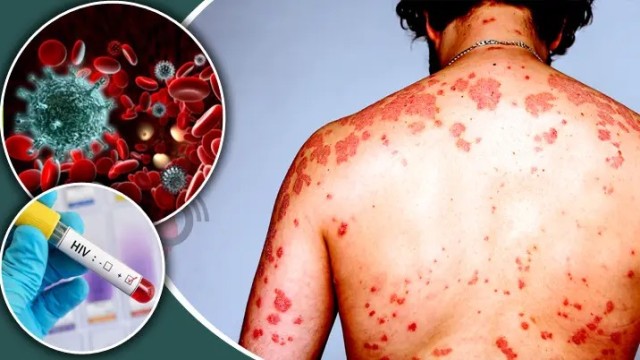


Comment: